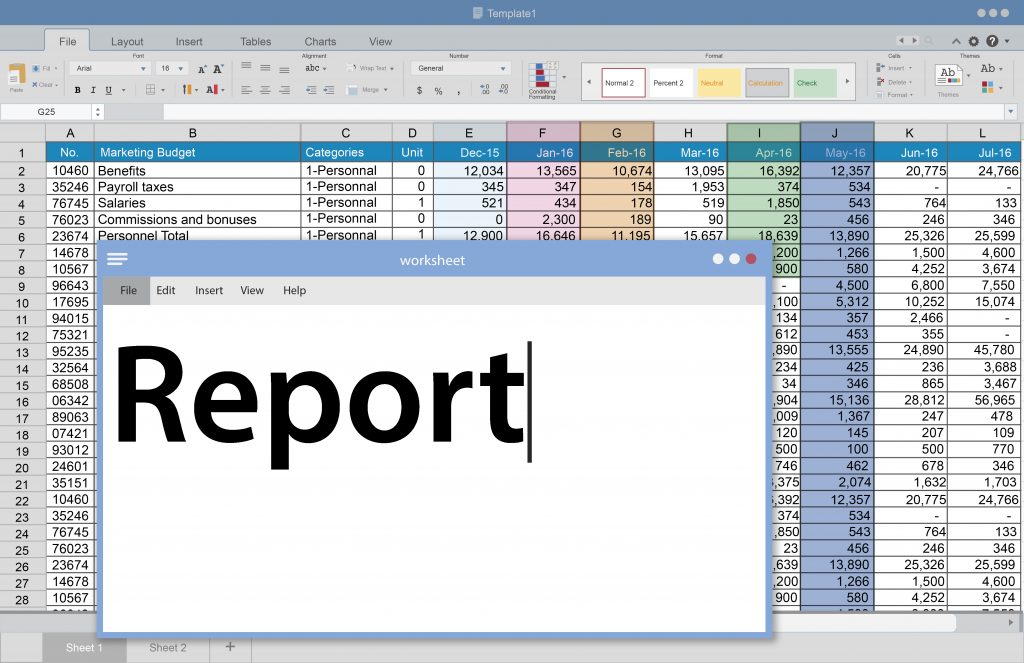
Do you think your school is too small to bother about the implementation of another tool? Do you think this is just another tool that contributes nothing? And what is that CRM all about? In this article, we want to show you the control over sales efforts you might gain if you make one more step and implement the customer relationship management tool in your school.
What is CRM?
CRM or Customer Relationship Management. It serves the purpose of efficient management of all relations with the customers aimed at taking maximum advantage of the purchasing potential of the acquired students and at offering top service quality. Sounds extensive, doesn’t it? But it is exactly CRM where the data between marketing activities, sales efforts – up to their analysis and reporting – shall be combined.
If you think your school is small and this topic does not concern you, I want you to ask yourselves the following question:
How many new contacts I need to acquire to fill in the groups and achieve the planned financial results?
Unfortunately, without CRM it is difficult to answer such a question because you need hard data to do so – chiefly the lead conversion rate (or what percentage of new contacts become your actual customers). If you don’t have such data and are guided by what seems intuitively right to you, you might unfortunately be wrong because intuition can play tricks on us. So will the results get better if you start examining conversion rates? Certainly, this also does not work this way – to change the results you need to change the efforts but having hard data it will be easier for you to determine whether your action number 1 or action number 2 was more effective.

What can you expect of a good CRM?
Good CRM should combine actions of diversified nature in a single place. Starting from integration with the new contact acquisition mechanism – e.g. the landing page or the registration form, through performance and control over the sales process to support in communication with potential and actual customers.
So in this single place, 3 areas are combined:
- marketing – as regards the acquisition of new contacts,
- sales – as regards support to performance of the sales process,
- post-sales customer support – as regards taking care of customer’s satisfaction,
and owing to combination in a single place, each of them benefits from transparency of data, and for employees, this translates into time savings because they do not have to transfer or collected data from various spots.
What should CRM contain?
It all depends on what data you want to measure. In our opinion, these are the most important pieces of information for any language school in the support process:
- source of contact’s acquisition -> it will enable an analysis of which contact acquisition channels are most worthwhile to invest time and resources in.
- notes from all conversations and presented proposals -> regardless of whom of your school’s support team a given customer talks to, they need to feel the arrangements made with them are valid. For example, if an employee promised to the student booking of a time slot for classes at a given time or promised a discount, then if the customer talks to another employee they expect they will not need the renegotiate those matters;). Moreover, nobody is able to remember all details of conversations, and those tiny details make up a unique customer service experience.
- the next planned contact -> each of your current students is at the same time your potential customer. Remember, they may buy additional products from you, but also quite soon they will decide on the extension of the course for another term or year. If before the next purchase you would like to ask them for an opinion about your school, also note this down.
- potential „value” of a customer -> each school has less and more profitable products, and consequently, there are also more or less financially promising customers. Note down the real value of a given customer to be able not only to sum up how much money they may potentially bring to you, but this will also help you to assess which customer it is worthwhile to focus your attention ever slightly more.
- stage of the sales process -> it is commonly called the sales funnel – this will help you to analyze how much of potential money you have, at what stage of the sales process you are, and how close you are (and with what amount) to have a decision.
- envisaged process completion date -> this allows you to determine the time-frame of the envisaged completion of the sales process.
- claims and opinions -> if you want to have full information about the customer, it is very helpful to note down also the customer’s claims and opinions in the same place. Owing to this, when initiating another sales cycle you will be able to relate to the events that have taken place across the year.
Can Excel replace CRM?
In the very basic version, Excel may substitute a dedicated CRM tool, but it is not a perfect tool for the task for two fundamental reasons:
- human factor
- functional limitations
When you use any tool, the human factor comes to play and any CRM carried out inconsistently is going to be useless. Nevertheless, in the case of working on spreadsheets, this human factor has critical relevance. Your spreadsheet is not integrated with a website or mail, so any new data will need to be entered manually. In the multitude of different tasks, how many new contacts will your employees forget about?
Functional limitations are another problem. In the spreadsheet it is very difficult to manage the tasks to be performed, view the notes of other employees about a given customer. Most frequently, amid the information overload, new spreadsheets are being created – one containing the schedule, another one with payments, and still another one related to CRM. Consequently, to learn anything you need to jump between various spreadsheets, lose time and eventually the customer service quality suffers (particularly if a customer is waiting in the secretariat to be served, or on the phone, until you find all required pieces of information).

An integrated CRM tool will help you to manage efficiently a model relationship with customers and maximize the sales results. If you have already created the Customer Journey Map, give yourselves also a tool enabling control of whether the process you planned is being implemented by your employees and whether it is going to render the best possible financial results.
If you want to learn more about how to collect customers’ contact data for CRM, owing to integrated registration with embedded level tests and create student zone for the 21st century, make an appointment with us and see a free presentation by clicking HERE. We will help your school to enter a new term best equipped for the attainment of maximum sales results.
